● The gradual growth of Toyota (1955-1972)
From Japan to the world, creating the myth that become the world’s third-largest automaker with sales
◆ 1955-1965: Crown became Toyota’s key to open European and American markets
In 1955, a car that has been in production and sales for more than 50 years, and accelerated Toyota’s full development was born! It’s called CROWN. It’s called CROWN. At that time, the displacement of the Crown was 1.5L, which was named the Crown RS. The performance was quite outstanding and the shape was pleasing. It could be said that it was an absolute crown, adding a heavyweight to the rise of car manufacturers.



In 1957, due to the hot sales of Crown in Japan, Toyota sold it to the United States. However, the information received from the United States has undoubtedly given Toyota a splash of cold water. Crown in United States was criticized by local users for being useless and there was no market at all. In desperation, the first car sold to the United States came to an end.

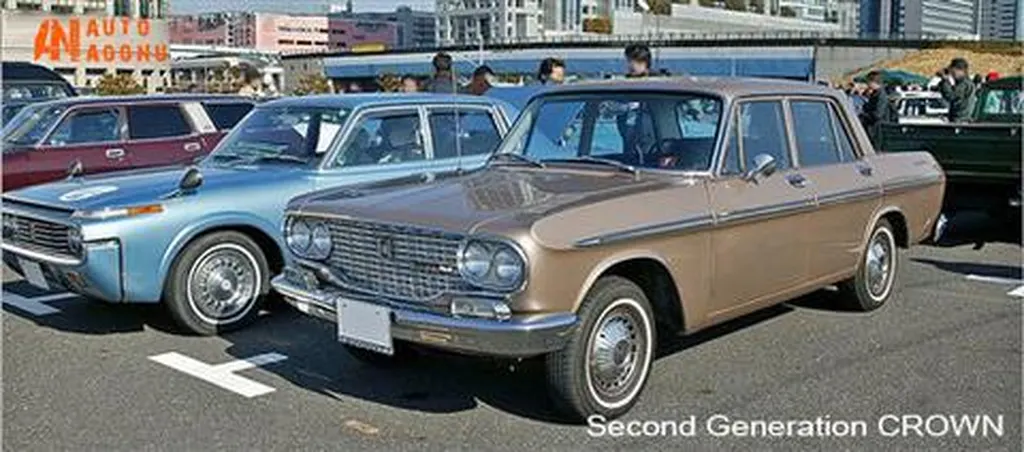
The setback in the US market did not kill Toyota’s will. It took 6 years to build a new generation of Crown cars suitable for road conditions in the United States. In fact, the car is very traditional, without any modern technology, but it is very delicate, plus complete configuration, solid and reliable, and the price is not expensive. The second introduction in the US market achieved good results. Crown cars prompted Toyota to quickly set up sales outlets in the United States, Venezuela, Thailand, and South Africa, and then set up factories in these countries. Cheap and quality Toyota cars have begun to prevail in major markets around the world.

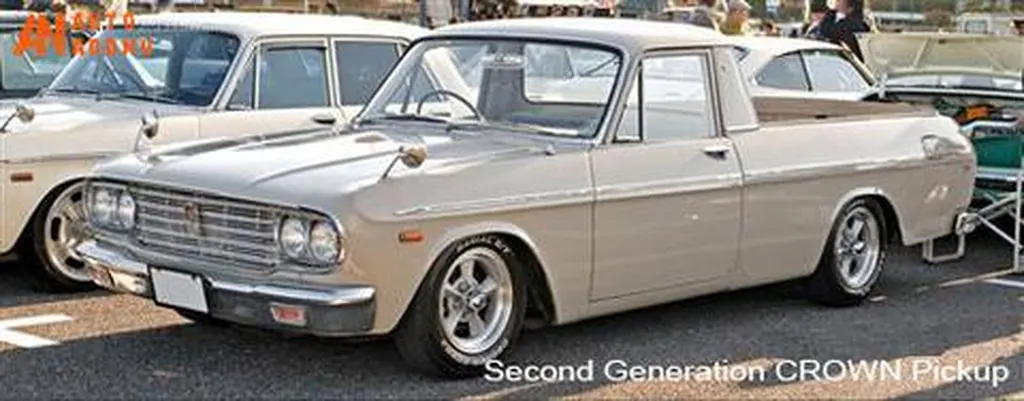
Toyota began to enter Europe in 1962. In 1962, Toyota’s production exceeded the one million mark for the first time. After experiencing wars and the blank years after the war, the Japanese automobile industry was the least international competitiveness field among all industries in Japan at that time. But Toyota foresees that large-scale international trade and capital liberalization will soon engulf Japan. To meet the coming of the new era, Toyota has stepped up the development of new cars with higher performance, and at the same time put great efforts into enhancing production capacity and improving quality levels. All these efforts finally bear fruit, and Toyota won the Deming award in 1965. In the same year, the Japanese government lifted tariff barriers on imported cars. Since then, Toyota has begun a real competition with foreign car manufacturers in terms of performance and price.
[ Japanese Deming award: One of the world’s three major quality awards, it is the highest award for quality management in Japan. Among the most influential quality awards in the world, the Japan Deming Award is the earliest one. It was founded in 1951 to commemorate the late Dr. William Edwards Deming, who contributed greatly to the development of post-war statistical quality control in Japan. The Japanese industry believes that his teachings helped Japan to establish such a foundation, and it is on this basis that Japanese product quality has reached the level widely recognized by the world today.]
◆ 1966-1972: Corolla and Celica were launched successively, and Toyota leapt to the third largest car manufacturer in the world
Prior to 1966, Toyota’s sedan product sales were always crowned as the main force, until the brilliant debut of Corolla. Corolla is arguably the most successful model in Toyota’s history, bringing Toyota to an unprecedented bright future. After 1967, Toyota entered its heyday, and the company’s development was utterly overwhelming. There are factories all over the world, and today we should also call Toyota: Toyota Motor Group. Toyota’s export of Corolla to North America in 1968 also succeeded, driving Toyota’s sales up.


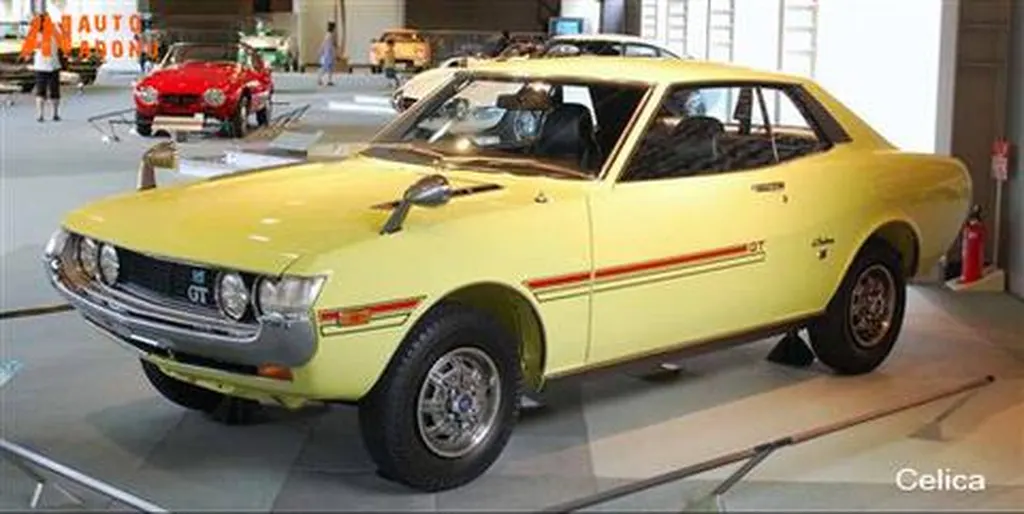
In the 1960s, with Japan’s rapid economic development as the background, the automobile market experienced an unprecedented growth momentum. In this case, Toyota continued to increase investment in new plants and equipment in accordance with demand. At the end of 1970, Toyota also launched the small sports car Celica, constantly improving its product lineup. In 1971, Toyota’s annual production reached 2 million units, making it the world’s third largest automaker.
● Toyota gained a foothold in the US market crisis (1973-1989)
Oil crisis fuels rapid development of small cars, Toyota joins hands with GM to resolve U.S. restrictions crisis
In 1973, with the outbreak of the Fourth Middle East War, the world economy encountered the first oil crisis. For Japan, whose oil resources are almost 100% dependent on imports, the entire economic activity was greatly affected and immediately fell into great confusion. In the early post-war period, the hyperinflation swept Japan again, so that the demand for cars in the Japanese market plummeted. In this situation, Toyota aimed at a new starting point on the limitation of resources, and vigorously launched a campaign to save resources, save energy and reduce costs. The son of Kiichiro Toyota Eiji Toyoda always believes that cars are by no means a “luxury product” and that cars are definitely a real necessity for society.


Although consumer demand for cars in Japan has greatly decreased, the two oil crises of 1973 and 1979 changed the structure of car demand in the United States to a great extent, and people’s choices began to shift from large cars to small fuel-saving ones. Cars, American car manufacturers lacking the production technology of small cars have gradually lost their competitive advantages. To get out of trouble, they repeatedly urged the government and parliament to impose restrictions on the import of Japanese cars as soon as possible. At the same time, they have repeatedly asked Japanese car manufacturers to invest and build factories in the United States in order to make a profit with American car manufacturers.

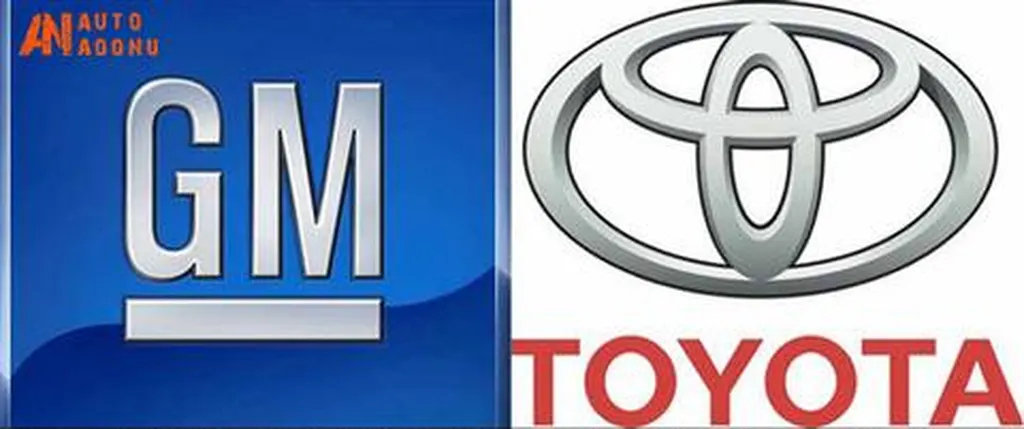
With the intensification of Japan-US trade friction, these claims of American auto manufacturers have stirred up a resistance to Japanese cars in the US Congress and some public opinion. Japanese automakers headed by Toyota are also very worried that if this situation continues, it will damage good Japan-US relations. In 1981, an agreement on autonomous restrictions on the export of cars to the United States came into effect. In order not to lose the American automobile market, and also to worry that those American consumers who have a special preference for small cars with excellent fuel consumption performance will be limited by their choices, Japanese automobile manufacturers have regarded the establishment of production bases in the United States as its new management issue. In this case, Toyota decided to cooperate with General Motors in the United States to produce products so that it could not only continue to sell in the US market, but also transfer the production technology of small cars to American car manufacturers. It was this decision that made Toyota the largest overseas brand car seller in the American car market in the 1990s.

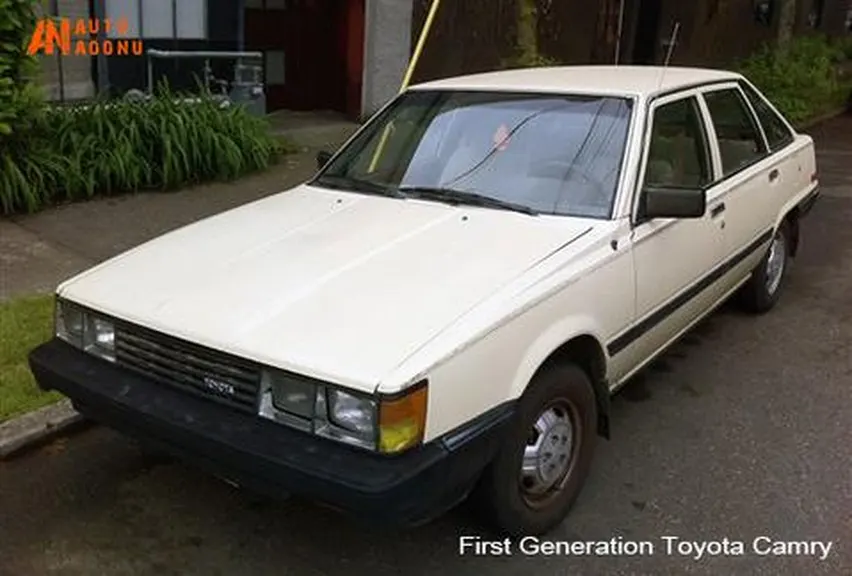
In July 1982, Toyota Motor Industry Corporation and Toyota Motor Sales Corporation were re-merged and officially renamed Toyota Motor Corporation. In 1983, in order to compete with Honda’s Accord sedan in the North American market, Toyota launched the Camry. The first-generation Camry has a wheelbase of 2600mm, is equipped with 1.8L and 2.0L inline four-cylinder engines, and is equipped with a 5-speed manual transmission and a 4-speed automatic transmission. After the first-generation Camry was born, it almost became Toyota’s most popular model except Corolla. To this day, it is the eighth generation.
◆ 1989: In order to improve its own image, the Lexus brand was launched in the United States
By 1989, the Toyota brand had been born for 52 years, but before that it can be said that Toyota has been taking the low-to-medium route and has achieved very good results. In order to make a difference in the luxury market, Toyota launched the luxury brand Lexus in the United States and exhibited the first Lexus V8 at the Detroit Auto Show that year. Its design is inspired by Mercedes-Benz, it is stable, luxurious, fine, high-end, but the price is nearly 30% cheaper than the Mercedes-Benz of the same level, Americans soon fell in love with Lexus. However, Lexus has always been left out in the European market, Europeans value brands with a long history. After about 10 years of development, Lexus produced a total of 260,000 vehicles in 2000 and sold 211,000 vehicles in the United States alone. This result also made Lexus ranked No. 1 in the sales of premium cars in the United States, surpassing Mercedes-Benz and BMW, and was rated as the world’s best car model by the authoritative statistics agency JD POWER for several years.

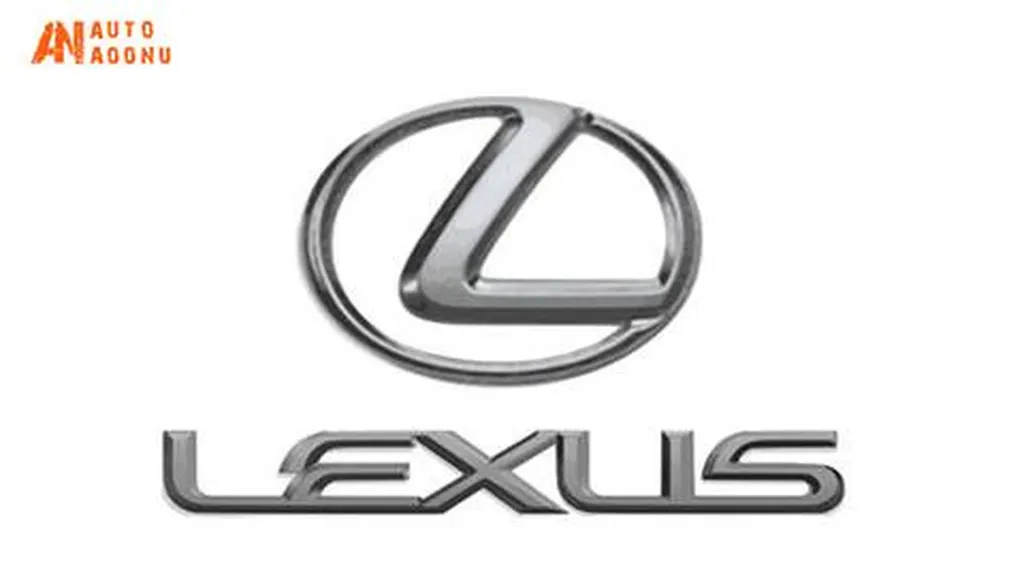


In October 1989, on the occasion of the 50th anniversary of the establishment of TOYOTA, Toyota released a new logo. The large oval in the logo represents the earth, and the two ovals in the middle are vertically combined to form a T character, representing Toyota. It symbolizes Toyota’s future-oriented confidence and ambition in the future. It also symbolizes Toyota’s customer-based guarantee to customers. It means that the heart of the user is connected with the heart of the car manufacturer.
Browse Toyota’s Daytime Running Lights In AOONU:
For Toyota Camry 2015-2017 ☜ Click to view
For Toyota RAV4 2016-2017 ☜ Click to view
For Toyota RAV4 2019 ☜ Click to view
For Toyota Reiz Mark X 2004-2009 ☜ Click to view
For Toyota Hiace 2014-2018 ☜ Click to view
For Toyota Highlander 2018-2019 ☜ Click to view
For Toyota Fortuner 2015-2019 ☜ Click to view
For Toyota RUSH 2018-2019 ☜ Click to view
For Toyota Yaris 2017-2018 ☜ Click to view
For Toyota Camry SE XSE 2018 ☜ Click to view
For Toyota Hilux REVO VIGO 2018 ☜ Click to view
For Toyota Reiz Mark X 2013-2018 ☜ Click to view
For Toyota Hilux REVO VIGO 2015-2016 ☜ Click to view
For Toyota Prado Land Cruiser 2700 4000 FJ150 LC150 2017-2019 ☜ Click to view
Thanks for reading~

